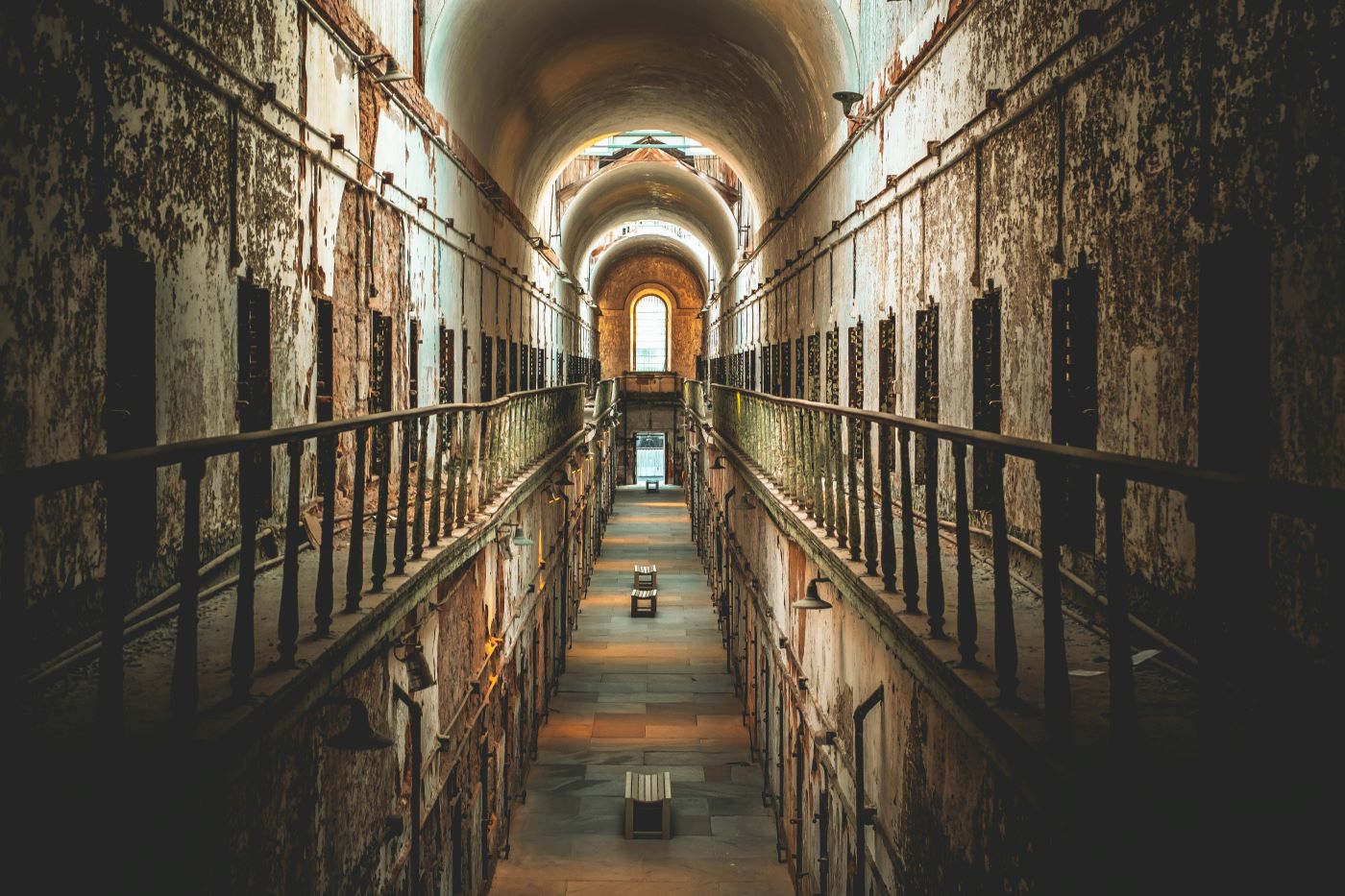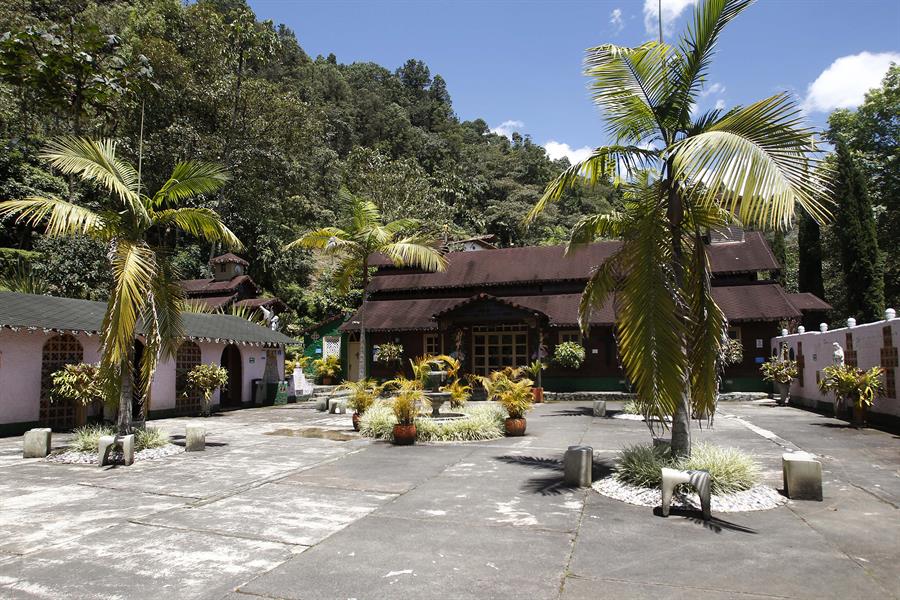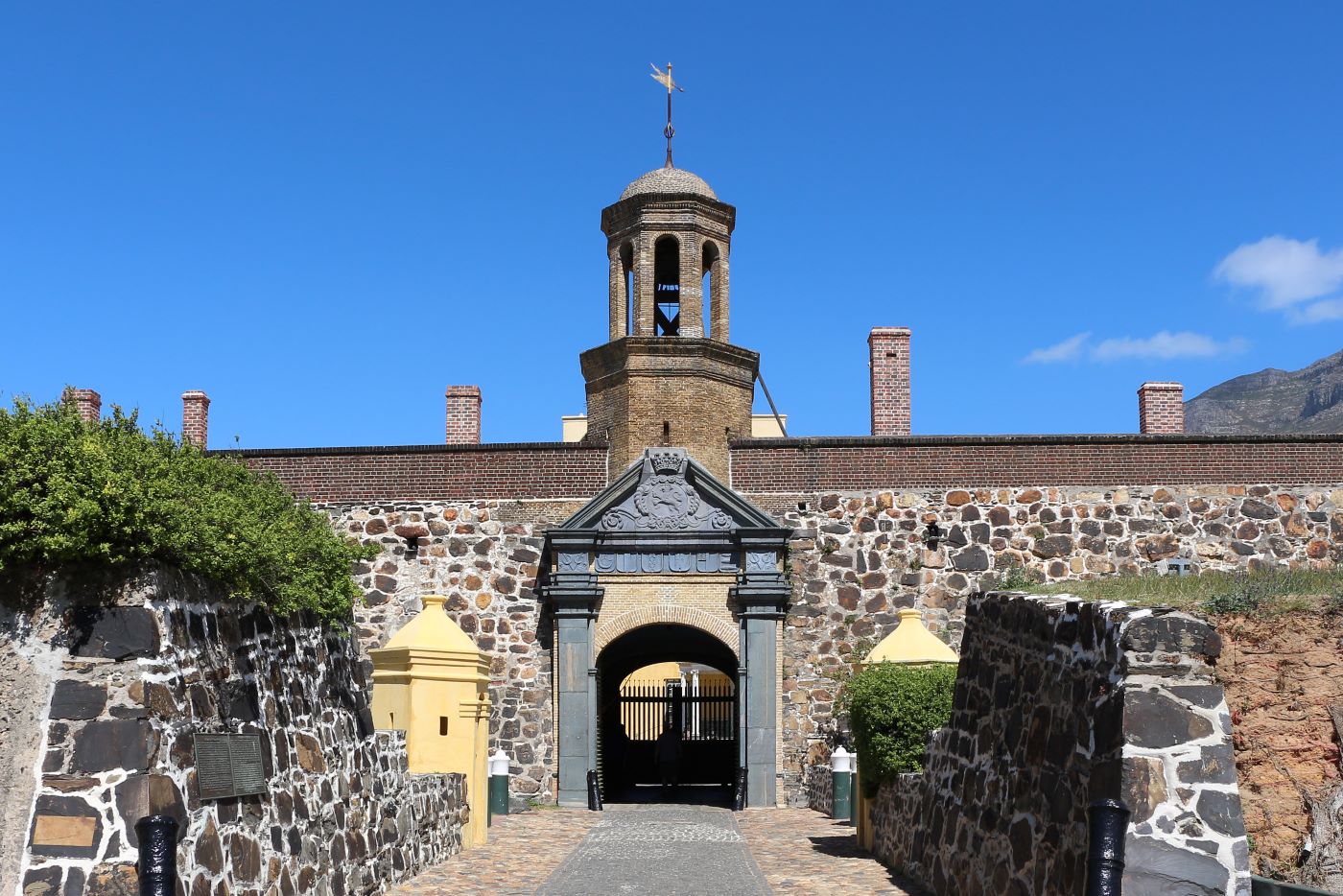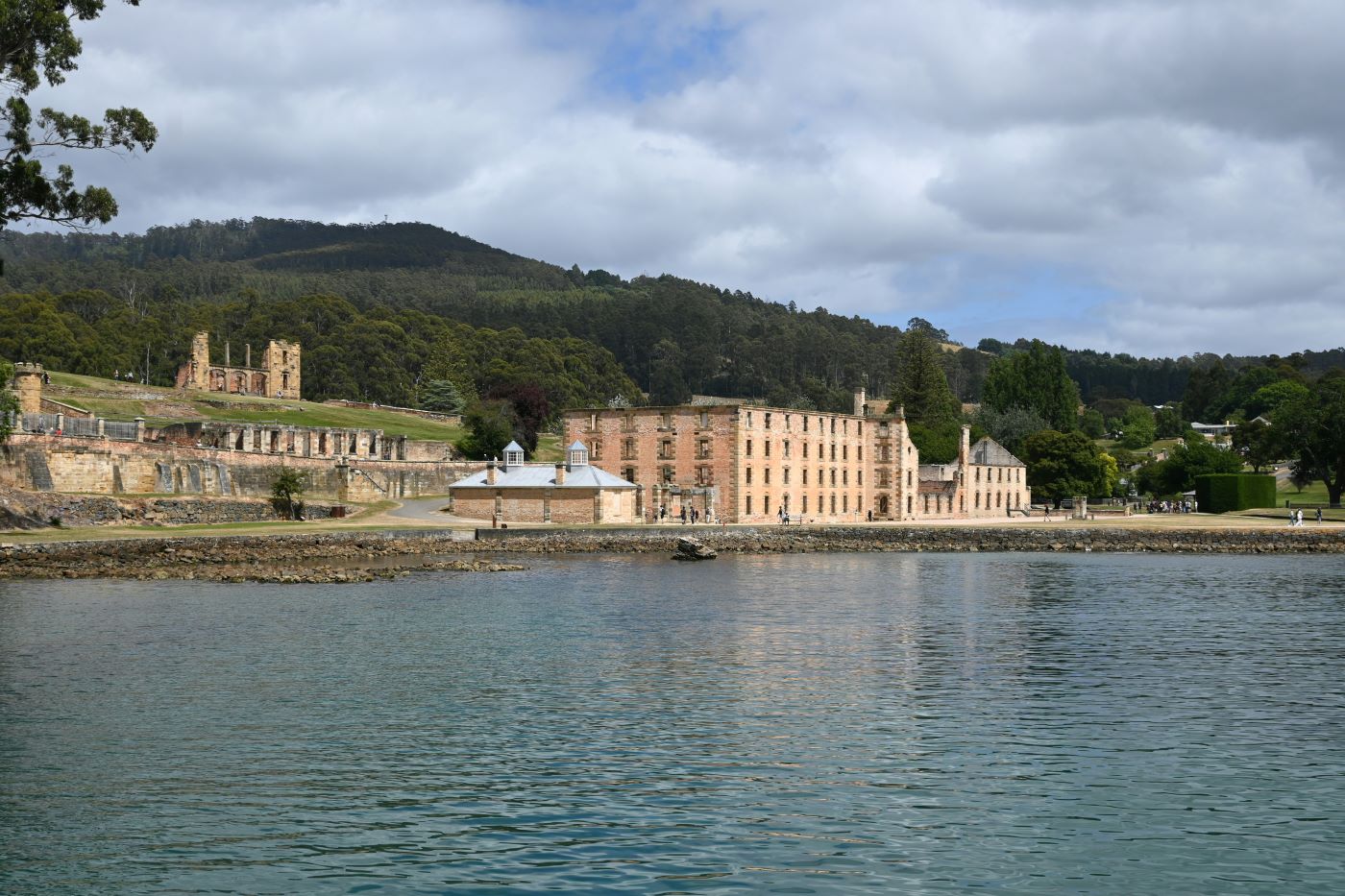A Gothic Monument to a Failed Dream
Philadelphia’s skyline is punctuated by the jagged silhouette of Eastern State Penitentiary—a fortress of stone and shadow, its broken windows like empty eye sockets staring out over the city. Built in 1829, it was meant to be a beacon of enlightenment, a place where criminals could reflect, repent, and re-emerge as reformed citizens. Instead, it became a laboratory of psychological torment, a place where men and women were buried alive in silence, their minds unraveling in the dark.
Eastern State was the world’s first penitentiary, a radical experiment in criminal justice. Its architects, inspired by Quaker ideals, believed that total isolation would lead to penitence. They called it rehabilitation. History would call it torture.
This is the story of Eastern State Penitentiary: a place where the line between punishment and cruelty blurred, where the living were entombed, and where the past refuses to stay buried.
The Birth of a Radical Idea: Quakers, Reform, and the Pennsylvania System
The Problem with Prisons in the Early 19th Century
In the early 1800s, American prisons were little more than human warehouses. Overcrowded, disease-ridden, and violent, they did nothing to reform inmates—only to punish them. Prisoners were chained together in filthy cells, forced into hard labor, and subjected to brutal discipline. The public saw them as dens of vice, places that turned petty thieves into hardened criminals.
Into this chaos stepped the Philadelphia Society for Alleviating the Miseries of Public Prisons, a group of Quakers and reformers who believed in a different approach. They argued that crime was a moral failing, not an irredeemable sin. If prisoners were given silence, solitude, and time for reflection, they reasoned, they could confront their guilt, repent, and return to society as changed men.
This philosophy became the foundation of the Pennsylvania System, a stark contrast to the Auburn System (which favored communal labor and enforced silence). Eastern State would be its crowning achievement—a prison designed not just to punish, but to transform.
The Architecture of Isolation
Eastern State’s design was as revolutionary as its mission. Architect John Haviland drew inspiration from Gothic cathedrals and Jeremy Bentham’s panopticon, creating a radial layout with seven cellblocks extending from a central surveillance hub. Each cell was a miniature monastery: a bed, a toilet, a table, a Bible, and a skylight—dubbed the "Eye of God"—so that inmates would feel the divine gaze at all times.
The prison’s most striking feature was its absolute solitude. Inmates were hooded when moved, to prevent them from recognizing their surroundings. They ate alone, worked alone, and exercised alone in tiny, walled yards. Even the guards wore felt slippers to muffle their footsteps. The goal was total sensory deprivation, a world where the only voice a prisoner heard was his own—and, ideally, the voice of God.
When Eastern State opened its doors on October 25, 1829, it was the most expensive public building in America. The world watched, waiting to see if this grand experiment would work.
Life Inside the Walls: The Psychological Toll of Solitude
The First Inmates and the Descent into Madness
The first prisoner, Charles Williams, was a farmer convicted of theft. He was led to his cell, the heavy door clanged shut, and the world outside ceased to exist. For 23 hours a day, he was alone. The only human contact came when a guard slid a tray of food through a slot in the door.
At first, the system seemed to work. Prisoners were docile. Escape attempts were rare. But as the years passed, reports of mental breakdowns began to surface.
Dr. Benjamin Rush, a signatory of the Declaration of Independence and an early advocate for humane treatment of the insane, had warned that prolonged solitude could drive men mad. His warnings went unheeded.
By the 1840s, the effects were undeniable. Inmates hallucinated. They screamed for hours. Some tore at their own flesh. Others tried to dig through the stone with their bare hands. One prisoner, James Barnes, was found curled in a fetal position, babbling incoherently after just two years. Another, William Francis, set his cell on fire in a desperate bid to end the silence.
Charles Dickens Visits: A Damning Indictment
In 1842, Charles Dickens toured Eastern State during his visit to America. What he saw horrified him:
"The system here is rigid, strict, and hopeless solitary confinement. I believe it, in its effects, to be cruel and wrong... I hold this slow and daily tampering with the mysteries of the brain to be immeasurably worse than any torture of the body."
Dickens described prisoners pacing like caged animals, their faces hollow, their eyes wild. One man, he wrote, had been driven to such despair that he had tried to kill himself by banging his head against the wall. The warden, Dickens noted, seemed proud of the prison’s order—oblivious to the human cost.
The Failure of the Pennsylvania System
By the 1890s, the Pennsylvania System was widely condemned. The silence that was meant to save souls was driving men insane. Studies showed that inmates emerged from Eastern State more broken than when they entered. Some could no longer speak. Others had forgotten how to interact with people.
In 1913, the prison abandoned solitary confinement. Inmates were allowed to work together in shops, making furniture, weaving carpets, even printing documents. For a time, Eastern State functioned like a grim factory. But the damage was already done. The building itself seemed to resist change. The cells, designed for one, now held two or three men. Overcrowding led to violence, and the once-revolutionary prison became just another brutal institution.
Notorious Inmates: The Faces Behind the Legends
Al Capone: The Gangster Who Couldn’t Escape the Silence
In 1929, Al Capone, the infamous Chicago mob boss, was sentenced to a year in Eastern State for carrying a concealed weapon. Given his wealth and influence, Capone expected special treatment—and he got it. His cell was furnished with a radio, a desk, a rug, and even a painting. But the isolation wore on him.
Rumors persist that Capone was haunted by the ghost of James Clark, one of the victims of the St. Valentine’s Day Massacre. Guards reported hearing Capone scream in the night, begging for the voices to stop. Some claim he was so terrified that he begged to be transferred to Alcatraz.
Pep "The Cat-Murdering Dog": A Symbol of Injustice
Pep, a Black farmer, was sentenced to life in Eastern State for killing his wife’s lover. His case became a symbol of racial injustice. Pep was likely innocent, framed by a corrupt system. He spent 18 years in Eastern State before being pardoned in 1923. His story is a reminder that for every famous inmate, there were hundreds of forgotten men—petty thieves, the poor, the mentally ill—who disappeared into the system, their stories lost to time.
Willie Sutton: The Bank Robber Who Tried to Dig His Way Out
Willie Sutton, one of America’s most notorious bank robbers, was incarcerated at Eastern State in 1945. He and 11 other inmates attempted a daring escape, digging a tunnel beneath the prison walls. The plan failed, but Sutton’s cell remains a popular stop on prison tours.
The Women of Eastern State
Though Eastern State was primarily a men’s prison, a small number of women were also incarcerated there. Their conditions were even harsher. Mary Eno, convicted of murder in 1831, was one of the first female inmates. She spent her days sewing in silence, her only companions the shadows on the wall.
The Decline and Fall of Eastern State
A Prison in Ruins
By the 1960s, Eastern State was a shadow of its former self. The cells were crumbling. The plumbing failed. Inmates rioted. In 1971, the last prisoners were transferred out, and the gates closed for good.
For years, the prison stood abandoned, a playground for vandals and urban explorers. Nature began to reclaim it. Ivy snaked up the walls. Rain poured through the collapsed roofs. The city considered demolishing it, but preservationists fought back. In 1994, Eastern State opened as a historic site—a haunted museum of its own failed experiment.
The Ghosts of Eastern State
Today, Eastern State is one of America’s most famous haunted locations. Visitors report eerie phenomena: shadowy figures in the cellblocks, disembodied whispers, the sound of weeping. Paranormal investigators claim it’s one of the most active sites in the country.
Is it the lingering energy of the tormented? The echoes of screams absorbed by the stone? Or just the weight of history pressing down on a place where so many suffered?
One thing is certain: Eastern State does not feel empty.
Eastern State Today: Preservation, Tourism, and Public Memory
From Ruin to Historic Site
Eastern State is now a National Historic Landmark, its decay carefully preserved. Visitors can walk the cellblocks, stand in Al Capone’s cell, even experience "The Voices of Eastern State", a sound-and-light show that brings the prison’s history to life.
In the fall, it becomes "Terror Behind the Walls", one of America’s most famous haunted attractions. But beneath the Halloween scares lies a deeper purpose. Eastern State forces us to confront uncomfortable questions:
- What does justice really mean?
- Can isolation ever be humane?
- How do we remember the forgotten?
Lessons from the Ruins
Eastern State’s story is a warning. It reminds us that good intentions can lead to horrors, that systems designed to reform can instead destroy. It challenges us to look at our modern prisons—where solitary confinement is still used—and ask: Have we really learned anything?
The Prison’s Cultural Legacy
Eastern State has left its mark on popular culture. It has been featured in films like 12 Monkeys and Transformers: Revenge of the Fallen. It has inspired artists, writers, and musicians. Tina Fey filmed scenes for 30 Rock there. The Roots recorded a music video in its cellblocks. Even Pope Francis, during his 2015 visit to Philadelphia, spoke about the need for prison reform—echoing the lessons of Eastern State.
The Ethics of Solitary Confinement: Eastern State’s Dark Shadow
Solitary Confinement Today
Despite the lessons of Eastern State, solitary confinement remains a common practice in American prisons. Studies show that it leads to depression, hallucinations, and self-harm. The United Nations has condemned it as torture. Yet tens of thousands of inmates remain in isolation today.
The Fight for Reform
Organizations like the American Civil Liberties Union (ACLU) and The Marshall Project continue to fight for prison reform, citing Eastern State as a cautionary tale. The prison’s history is a reminder that justice must be tempered with compassion, that punishment without rehabilitation is a failure of society.
Visiting Eastern State: A Guide for the Curious
What to See
- Al Capone’s Cell: Furnished with period pieces, it offers a glimpse into the gangster’s brief but turbulent stay.
- Death Row: A chilling reminder of the prison’s darker purpose.
- The Hospital Wing: Where inmates received rudimentary medical care—or, in some cases, were subjected to experimental treatments.
- The Synagogue: A rare example of religious accommodation in a system designed to erase individuality.
Tips for Visitors
- Take the audio tour: Narrated by actor Steve Buscemi, it provides a deep dive into the prison’s history.
- Visit in the daytime: The ruins are haunting enough without the added frights of the nighttime haunted house.
- Talk to the guides: Many are historians who can share stories not found in the guidebooks.
Why Eastern State Matters
Eastern State Penitentiary is more than a ruin. It is a mirror. It reflects our fears, our failures, and our endless quest for justice. It stands as a testament to the dangers of idealism untempered by compassion, of systems that forget the humanity of those they claim to save.
As you walk its corridors, listen closely. The walls are still speaking.
References
- Johnston, Norman B. Eastern State Penitentiary: Crucible of Good Intentions. Philadelphia: University of Pennsylvania Press, 2015.
- Dickens, Charles. American Notes. London: Chapman & Hall, 1842.
- Fair, Kelly Lynne. In the Shadow of the Penitentiary: A History of Eastern State. Philadelphia: Temple University Press, 2018.
- Eastern State Penitentiary Historic Site. Official Website
- National Park Service. "Eastern State Penitentiary." NPS.gov
- Smith, David. The Prison and the American Imagination. Yale University Press, 2009.
- Interviews with former guards and preservationists, conducted 2020-2023.
- ACLU. "Solitary Confinement: The Human Cost." ACLU.org
- The Marshall Project. "The Psychological Effects of Solitary Confinement." TheMarshallProject.org
- Philadelphia Inquirer. "Eastern State Penitentiary: A Timeline." October 20, 2019.









